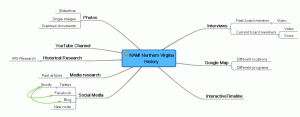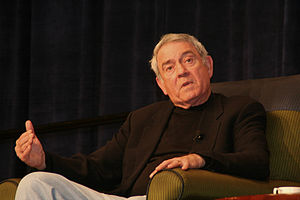So we have been given the task by NAMI Northern VA to come up with a way to display the history and current information of NAMI. Right now here’s what we know so far:
- NAMI or the National Alliance on Mental Illness (Northern Virginia portion) started in the 1970′s when they were their own organization under a different name. They soon merged with NAMI National then split off into their own Northern VA section.
- Their goal is to raise awareness of mental illnesses and provide services that help people living with mental illness.
Our game plan so far:
1. An interactive timeline (like the jazz one Professor Klein showed us in class) that can relay video, information, pictures and additional information all in chronological order on one site. That way, all the information is organized and you can clearly see how NAMI developed.*My job so far: RESEARCH. I’m supposed to go to Mason’s library and see if I can find any mention of NAMI Northern Virginia. Also once we get all the information and interviews done, I’m going to try and help Ryan with the interactive timeline and for that we’re going to try and use Dipity.com. Another possible website we might use is batchgeo.com–> where they turn chunks of data into interactive maps and graphs.
*Our storyboard for the project so far here
2. An interactive map, that shows NAMI volunteers/people who use NAMI point of location and their stories. This could be where the videos and interviews come in. They could each have information about themselves, how they got involved with NAMI and their experiences.
3. A Facebook account? NAMI already has a Facebook account, but we’re working on creating one for just our COMM 361 project to get the word out and ask if people know any history of NAMI.















